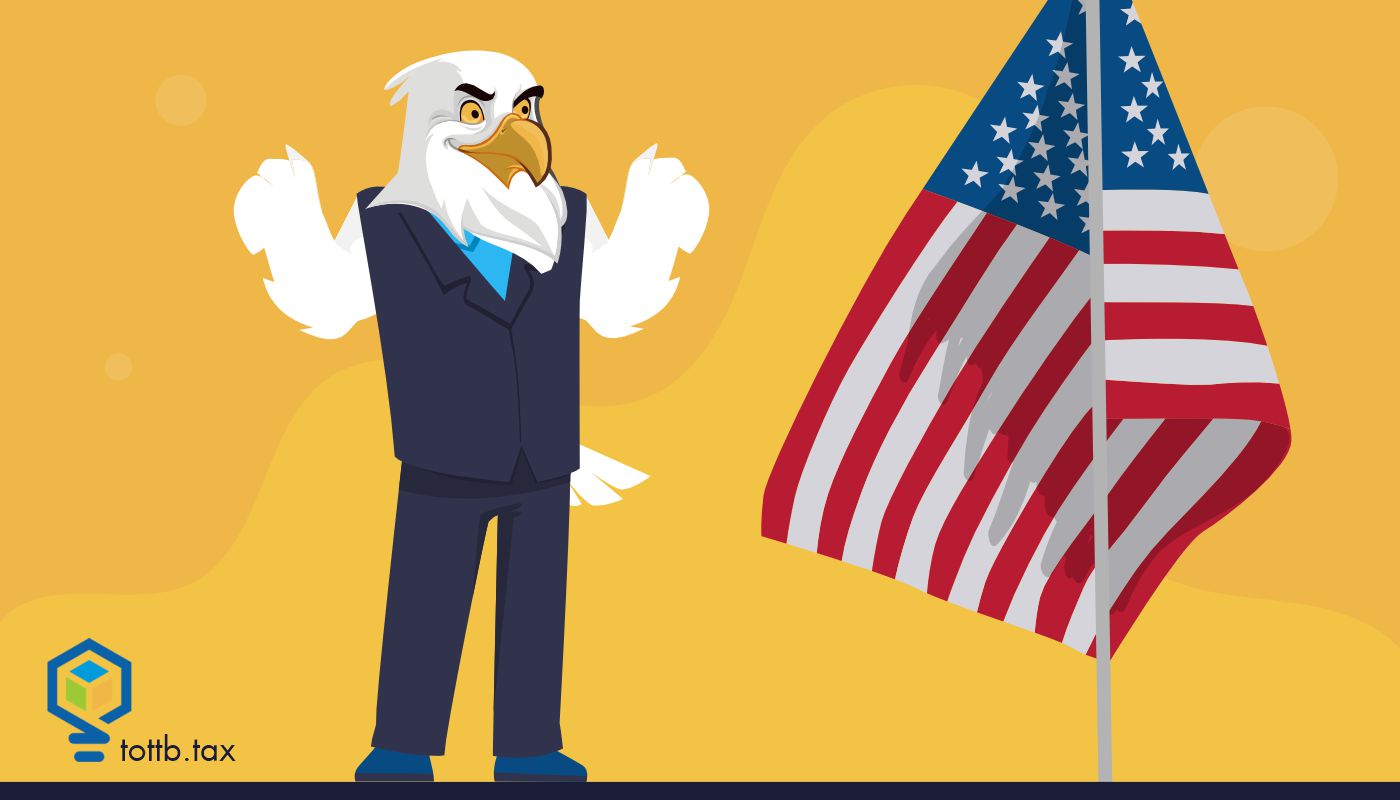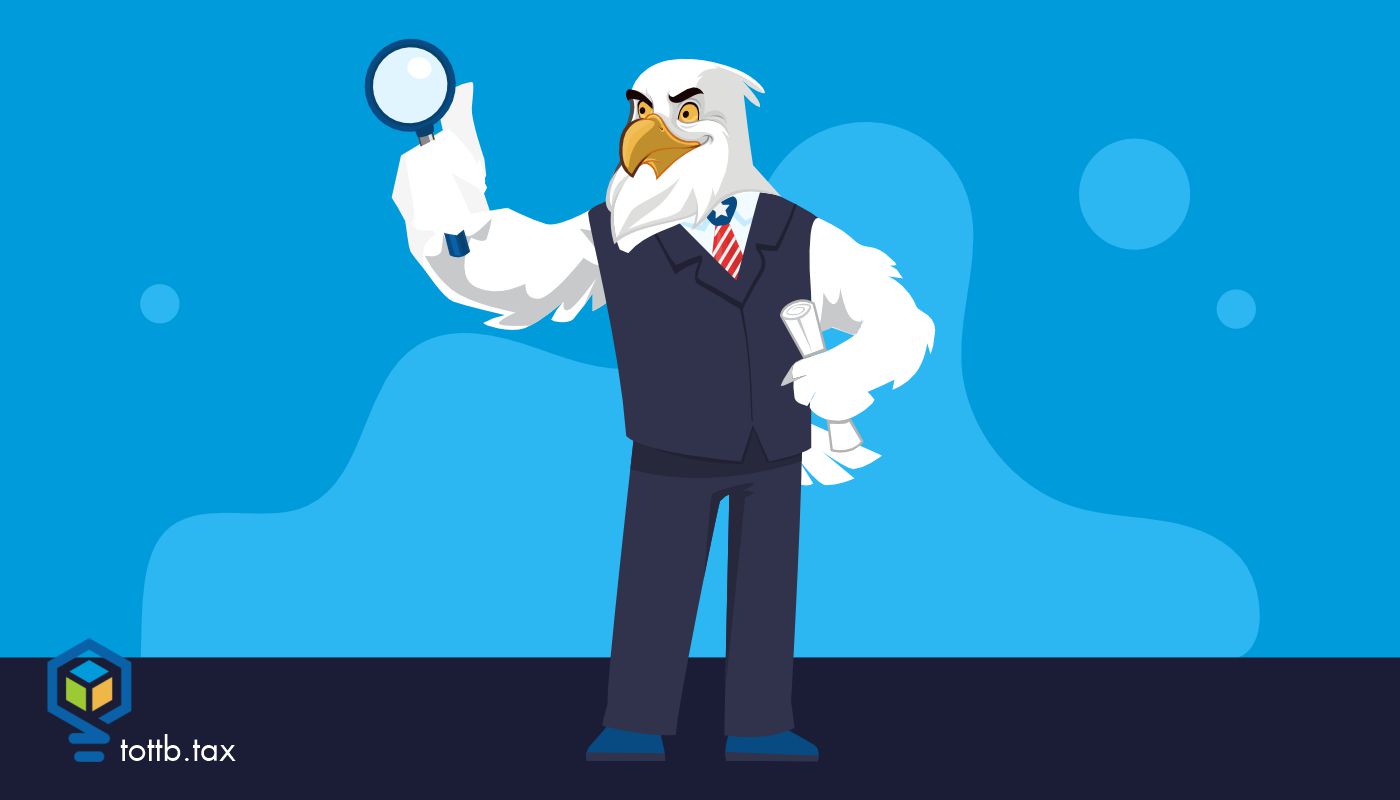Considering how soon Halloween comes after October 15, the extended due date for individual returns, having a tax horror story seems really appropriate. The horror story came out on October 24, with the Eleventh Circuit decision in the case of Lee v U.S. Dr. Wayne Lee seemed to have done everything right to be in compliance. His estimates overpaid his taxes every year, and he would let the refund ride into the next year. He hired a CPA to prepare his returns and dutifully signed and sent the CPA Form 8879 IRS e-file Signature Authorization. He did this for his 2014, 2015, 2016, and 2017 returns. Then disaster struck.

The Think Outside the Tax Box OBBBA Quick Reference Guide
The One Big Beautiful Bill Act (OBBBA) marks the most sweeping overhaul of the tax code since 2017, reshaping rules across personal and business income, education, healthcare, and credits. To help you stay ahead of the curve, Think Outside the Tax Box is proud to share our Quick Reference Guide, designed to keep you and your clients informed, prepared, and proactive.





